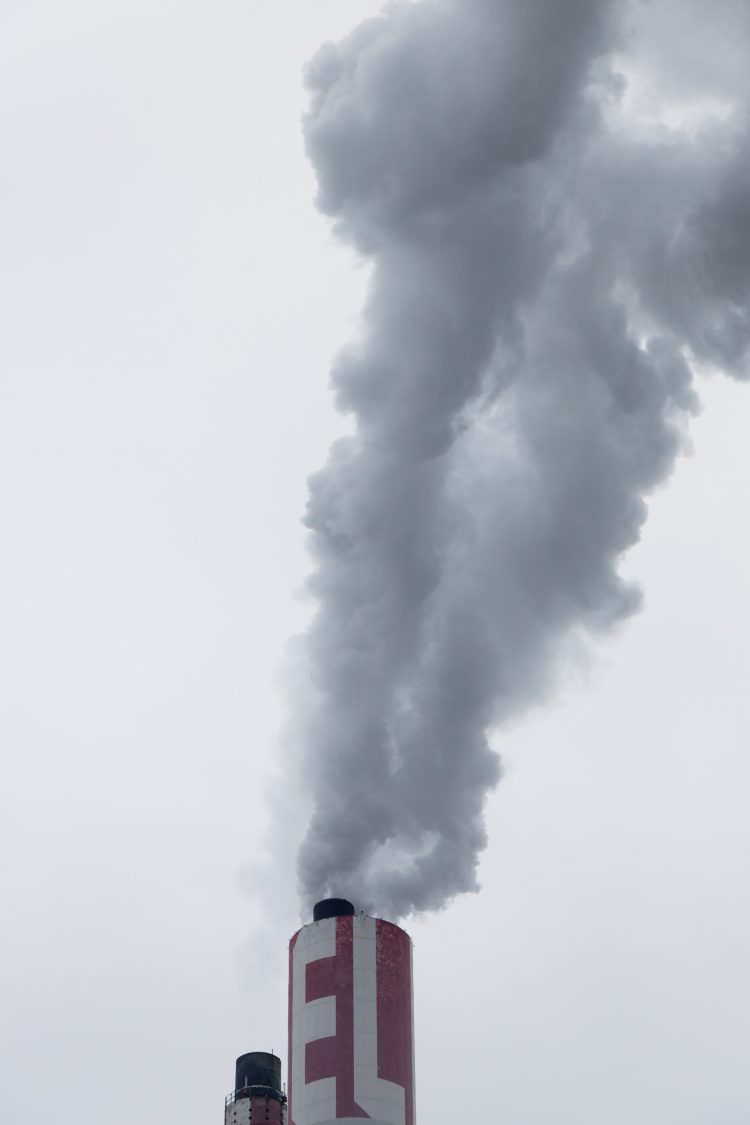Quaker PopOffsets

Are you concerned about your “carbon footprint”? QEW’s Population Working Group can help.
QEW’s Population Working Group offers an innovative program to help confront climate change and other environmental problems. It is based on a similar program in England – “PopOffsets” – an offshoot of the British organization Population Matters. QEW’s program is called “Quaker PopOffsets.” Its goal is to give people a means of offsetting their carbon emissions by helping them fund voluntary family planning for people who might otherwise not be able to access it.
The connection between carbon emissions and family planning is a strong one. Simply, more people mean more carbon emissions. By helping people who wish to limit the size of their families, we can help to slow climate change. We can also impact other environmental issues. For instance, we humans are causing extinctions of species at a terrible rate – scientists estimate that human activity has increased the rate of extinctions to 1,000 times the rate that is normal in nature. This may well be leading us into to the sixth mass extinction on Earth.
We all cause greenhouse gas emissions – by driving, flying, eating meat, or just keeping warm in the winter. Quakers may be responsible for fewer emissions than most people in the USA, because of our deep belief in simplicity; nevertheless, each of us does contribute to global climate change. We can minimize the impact of our carbon emissions in two ways: minimize our emissions and offset the ones that are inevitable.
Some people use offsets to justify continuing a “business as usual” approach with large carbon footprints. That is not the goal of this program. Instead, we recognize that we all use fossil fuels to varying degrees and that some carbon emissions are inevitable, regardless of our efforts to simplify our lives. We encourage Friends to continually examine their behaviors regarding the food we eat, the items we purchase, the way we travel, and much more. At the same time, we encourage Friends to consider investing in carbon offsets.
The World Resources Institute defines a carbon offset as “[A] unit of carbon dioxide-equivalent (CO2e) that is reduced, avoided, or sequestered to compensate for emissions occurring elsewhere.” Although CO2 is the most common greenhouse gas, we also emit other heat-trapping gases (such as methane) into the atmosphere. The carbon dioxide-equivalent (CO2e) is a common measure that can be used for all greenhouse gases; it compensates for the different insulating values of various gases.
Many people refer to the average annual amount of CO2 that they emit as their “carbon footprint.” The average person in the USA emits (or indirectly causes to be emitted) the equivalent of about 17 tons of CO2 each year. The average carbon footprint for all people worldwide is much smaller – just over 4 tons per person.

OK, so you have done everything you can to minimize your own carbon footprint. But as a U.S. citizen, you are still above that 4-ton average – way over! What can you do to be a good global citizen? Providing family planning is the answer!
Over 200 million women would like to have control over their fertility but don’t. Most of these women lack access to affordable, safe, modern contraception. Even in the U.S. this is true; almost half of pregnancies in the U.S. are unplanned. These tragic circumstances exist even though contraception is relatively inexpensive.
A child who results from an unplanned pregnancy will grow up to emit just as much climate-changing CO2 as a child who is planned and loved. Because of the immense carbon legacy of a person in the U.S, one unplanned birth that is averted would eventually save over 9,000 tons of carbon emissions. Voluntary family planning is an extremely effective way to offset carbon emissions. British PopOffsets puts it this way: “An absent human being – an avoided birth – cannot produce carbon dioxide – nor can nonexistent descendants.” You can find more information about the validity of using voluntary family planning to offset carbon emissions at www.popoffsets.org.
The cost of offsetting CO2 by traditional methods (planting trees, investing in renewables, retrofitting industrial plants, etc.) usually runs in the range of $5 to $20 per ton. Calculations suggest that as little as $2 invested in family planning can offset a ton of carbon. That is a real bargain!
Family planning has many other benefits in addition to reducing carbon emissions. Women and children gain the most. Women benefit from better health when they are able to space their pregnancies. They are better able to complete their educations if they can postpone childbearing. Their children are healthier if they are well spaced. From a governmental standpoint, family planning is probably the best investment available, since every dollar spent on family planning saves from four to seven dollars in expenses on education and other government supports. Providing services for family planning is the humane thing to do. Most people reading this will have used family planning and contraception to help space or avoid pregnancies. Why shouldn’t all people have access to these advantages?
Our program, Quaker PopOffsets, is administered by QEW’s Population Working Group along with the organization’s General Secretary. The program collects donations and then gives the money to organizations that direct it towards family planning. A small proportion of the donations help support QEW.
To determine what volume of carbon emissions you want to offset, you can start by estimating your carbon footprint. Many online programs can help you do this. We recommend epa.gov/carbon-footprint-calculator or nature.org/greenliving/carboncalculator/index.htm if you live in the U.S. and carbonfootprint.com/calculator.aspx if you live elsewhere.
As an alternative to using one of these calculators, you can simply estimate your own carbon footprint as being close to the U.S. average – 17 tons per year – and adjust that up or down a bit, depending on whether you think your footprint is larger or smaller that the average.
Contribute to PopOffsets
QEW recommends that $5.00 per ton of carbon emissions is a fair contribution for Quaker PopOffsets. Thus, the average donation to the Quaker PopOffsets Fund would be $85 per person per a year – to offset carbon emissions by investing in family planning.
The Population Working Group of QEW will decide at each of our semi-annual meetings which organizations will receive monies from this program. Contributions will support a variety of organizations that provide family planning services, education, and supplies. In the USA, the largest of these is Planned Parenthood, and at present, its funding is in jeopardy. Internationally, the Population Media Center is one of the most effective organizations promoting family planning in developing countries. Many smaller organizations also provide family planning services, such as Amigas del Señor Monastery – two women providing health care in rural Honduras. In every case, QEW will direct funds to nonprofit, tax-exempt organizations.
Significant investments in family planning could go a long way towards improving the health of our planet. In the July 2012 Lancet article, “Demographic Change and Carbon Emissions,” Brian O’Neill and his colleagues conclude that “. . . slowing population growth could provide 16–29% of the emissions reductions suggested to be necessary by 2050 to avoid dangerous climate change.” We don’t need to wait until 2050 to see the benefits of family planning. They are evident in the lives of healthy mothers and children today. Adequate access to family planning can help young women avoid the horror of trying to sell their babies.”
This text originally appeared in the Quaker journal Western Friend. Thanks to Mary Klein for helping with editing.


